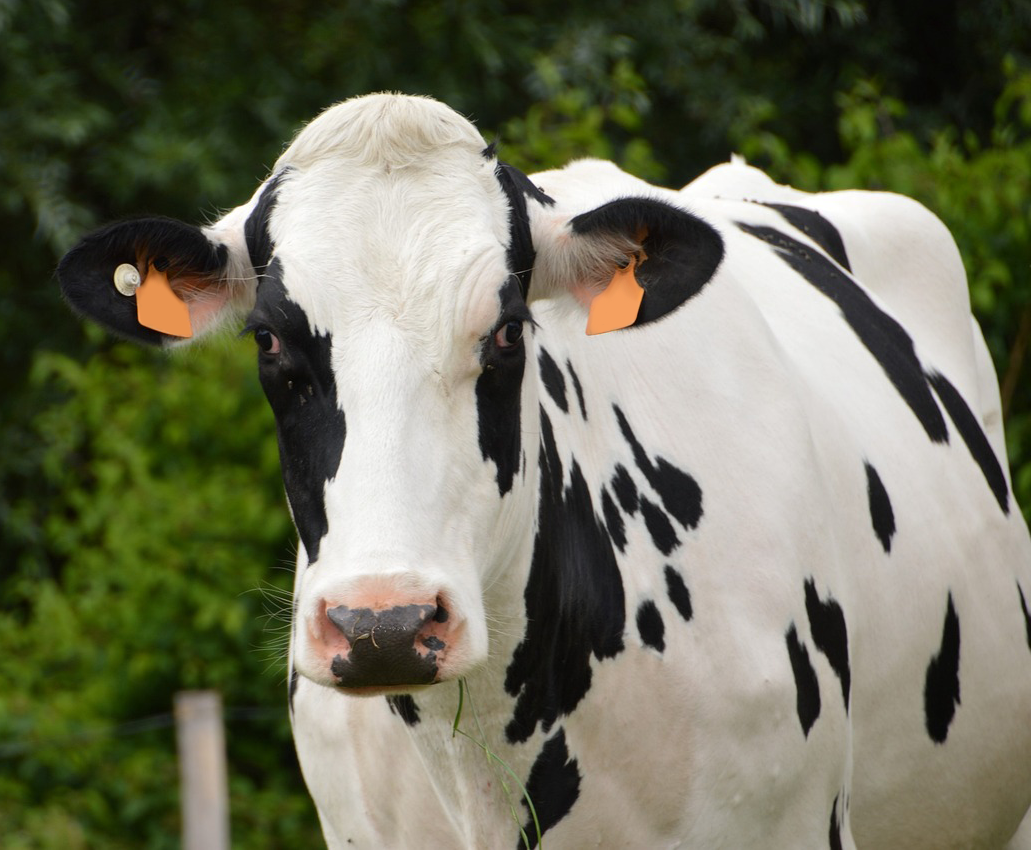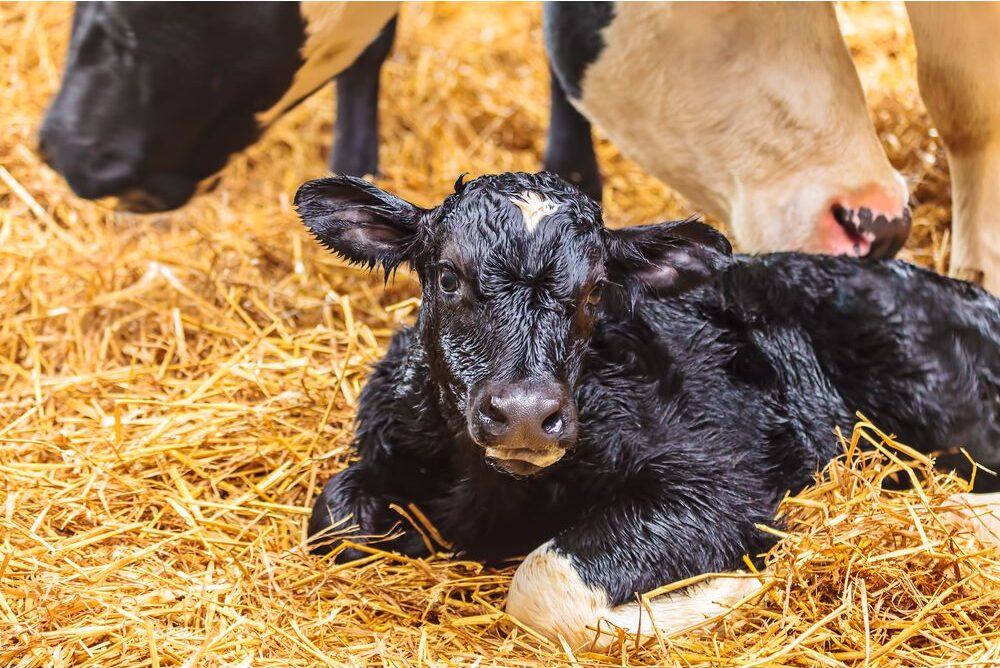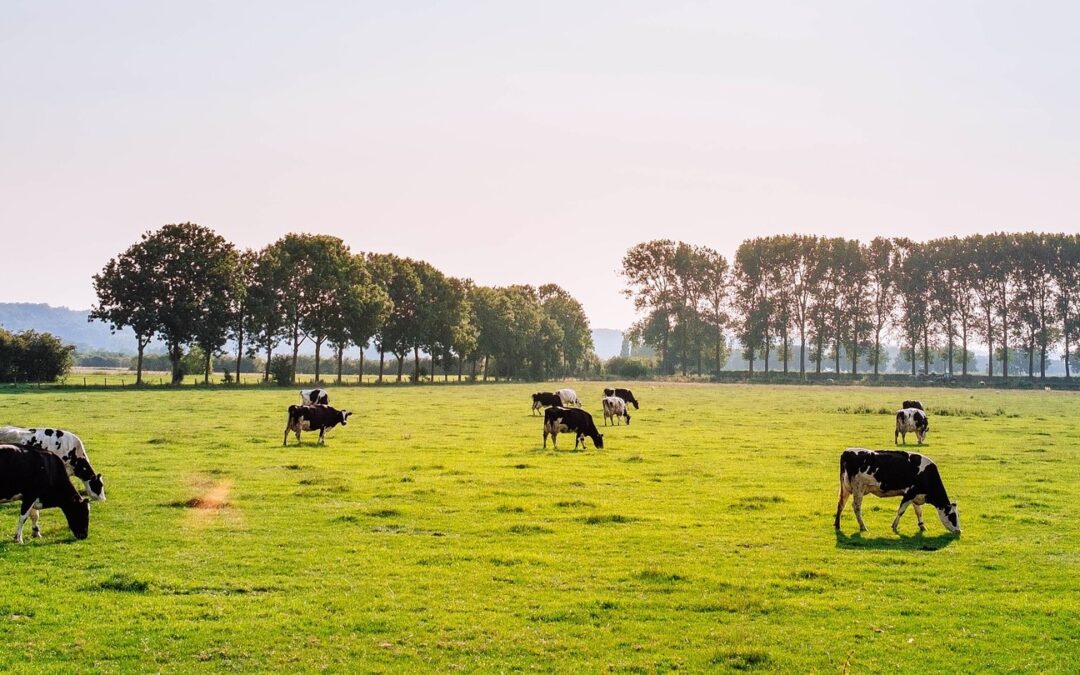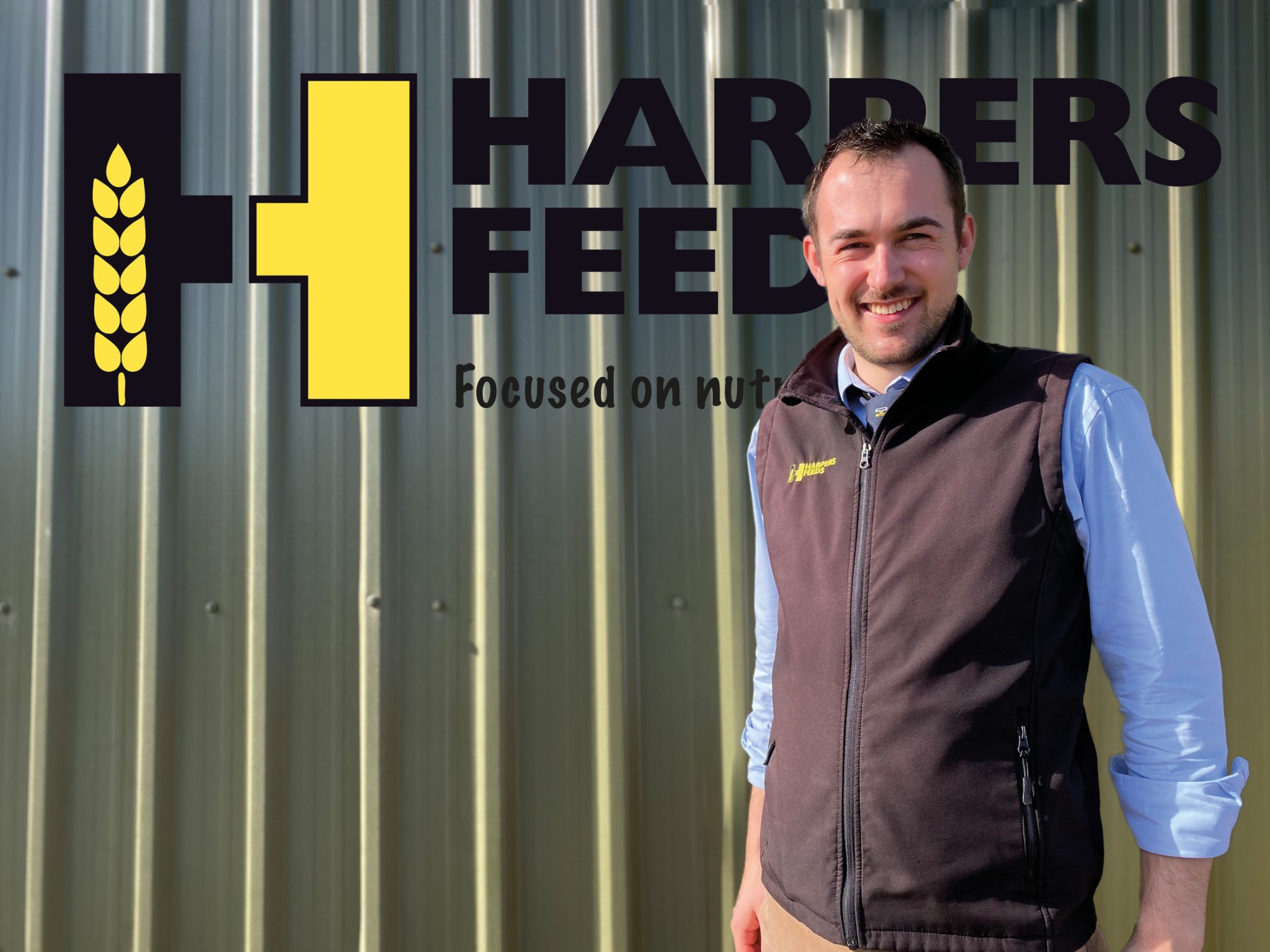How dairy has reduced soya and made efficiency improvements
Switching from all-year-round calving to an autumn block has lowered purchased feed costs at Shernick Farm from 13.5p/litre to 10.08p/litre.

Husband-and-wife Richard and Emma Bray say the decision to change the calving pattern was driven by a desire to improve profitability and provide a better work-life balance.
“The milk cheque never seemed to meet expectations, and we weren’t particularly happy with herd performance, so improving efficiencies to gain a higher profitability was key,” explains Richard.
Milk yield was hovering around 7,600 litres per cow annually, and milk from forage had stagnated at 2,800 litres.
Autumn block suited the farm’s heavy clay soils because fresh cows in peak milk could be housed and fed a total mixed ration (TMR) to prevent poaching. It also complemented the farm’s Arla milk contract, he adds.
Transitioning to a block
Cows have gradually been transitioned to block calving rather than being sold and replaced with autumn calvers. The reason for this was threefold: first, the Brays have never bred extreme Holsteins and felt their cows were capable of being grazed harder. Second, buying cows would have been too expensive, and third, it posed disease risks.
The Bray family has historically operated an all-year-round calving system before the shift to autumn block.
Firstly, a split block was created to make two groups, and then gradually, spring calvers were bred later for two years so all cows would calve in the autumn this year. They are aiming for a tight, 12-week block and are calving in 13 weeks this season, having begun transitioning two years ago.
Last winter, the soya-free Glycogenic parlour feed was offered alongside a bespoke mineral and total mixed ration (TMR), which resulted in fantastic conception rates. Around 80% of the herd calved within the first five weeks.
“Through this feeding approach, we have kept feed costs low but also improved the herd efficiency when considering the labour requirement for calf feeding and fresh cow management,” says Richard.
Heifers and cows are served with sexed semen, and once they have enough in calf to produce 120 replacements, they switch to Belgian Blue or Aberdeen-Angus sweeper bulls.
It has also been a gradual shift in gear for the team, led by herdsman Chris Mart.

Milk from forage
Feed cost savings have been realised mainly through improvements in milk from forage, which has lifted 500 litres to 3,300.
This has been aided by the fact the herd can now be managed as one group, which makes grazing more straightforward, says Alex Cornish, Ruminant Feed Specialist for Harpers Feeds, who has been helping the Brays manage the move.
“We are now dealing with a herd that is fresh or stale. This means we can feed maize during the autumn months when they have just calved and challenge later lactation cows at grass.”
Buffer feeding is now only offered during the shoulders of the season, if required, rather than through the summer.
Larger grass paddocks of 8-12 acres have been split using temporary fencing to enable better grass utilisation.
“In July, the feed rate dropped to 0.15 with milk yield from forage averaging 15.3 litres out of a total of 22 litres,” explains Alex.
The grazing platform expands to 200 acres, and cows are moved on 12-hour shifts after each milking.
Once cows are housed full-time in September, they are fed a TMR comprising maize silage, grass silage and the soya-free Planet Blend. Cows are fed to yield up to 8kg per head per day in the parlour.
“The Glycogenic range is a High Starch diet with yeast, as standard. The yeast is in the diet to help break down fibres in the silages. Due to the balance of the diet, the herd has averaged 4.5% butterfat and 3.54% protein for the last 12 months,” explains Alex.
“Arla awards us points for not feeding soya, which gives us a higher milk price, and it’s more sustainable,” adds Richard.
Investment and future
The Brays have invested in a milk trolley to make feeding calves easier, but they hope to build a new calf-rearing shed next year.
Currently, heifers are kept in individual pens and fed eight litres of Trouw Milkivit Energizer (a 23% protein skim milk powder with a higher fat content of 25% oils to mimic cow’s milk) up to weaning at 8-9 weeks, alongside the 18% crude protein Top Calf Course Mix + BioMos.
They have started growing 110 acres of maize, which will allow them to build a rotation and regularly reseed grass fields. They also plan on installing more tracks and water troughs.
Richard says despite the ‘hectic’ calving period, they have no regrets and look forward to settling into the new system.
Alex Cornish
Ruminant Feed Specialist, Alex Cornish has been working with Harpers for over 5 years and works with clients in West Cornwall.







